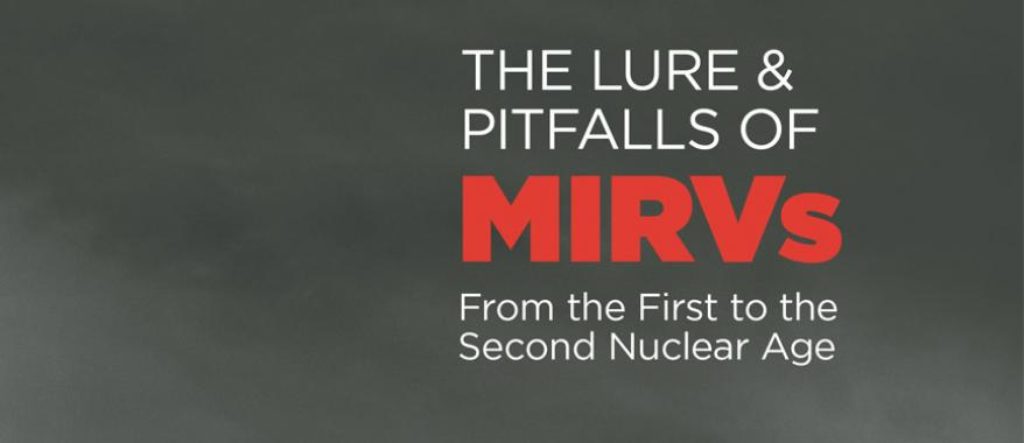In the second nuclear age, no less than the first, there are no realistic prospects for banning multiple-warhead missiles. China has started to deploy such missiles, and India and Pakistan are likely to cross this threshold as well. The motivations behind these steps will determine how extensively nuclear arsenals will grow and how pernicious the effects of stockpile growth will become.
Success in dampening the negative repercussions of multiple-warhead missiles will rest on two foundations. The first is improved bilateral relations among the contestants. The second foundation for dampening the negative consequences of multiple-warhead missiles in Asia is to resist a progression from countervalue to counterforce targeting strategies of nuclear deterrence. This metric, as with the willingness to improve bilateral relations, is measurable in several ways, including: the retention of no first use doctrines by China and India; proceeding slowly with limited numbers of multiple-warhead missiles; and being more transparent about strategic modernization plans and programs.
If the growth of warhead totals and missile accuracy presages moves by Beijing and New Delhi toward warfighting strategies of deterrence, then the second nuclear age will become far more dangerous, and prospects for reducing the salience of nuclear weapons on international affairs will be undermined. If decisionmakers in China, India, and Pakistan wish to avoid repeating the missteps of the United States and the Soviet Union during the first nuclear age, they will limit the extent to which multiple warheads are placed atop missiles, they will proceed at a slow pace, and, most important, they will reject the lure and pitfalls of counterforce targeting strategies.
Click here to read the full book.

